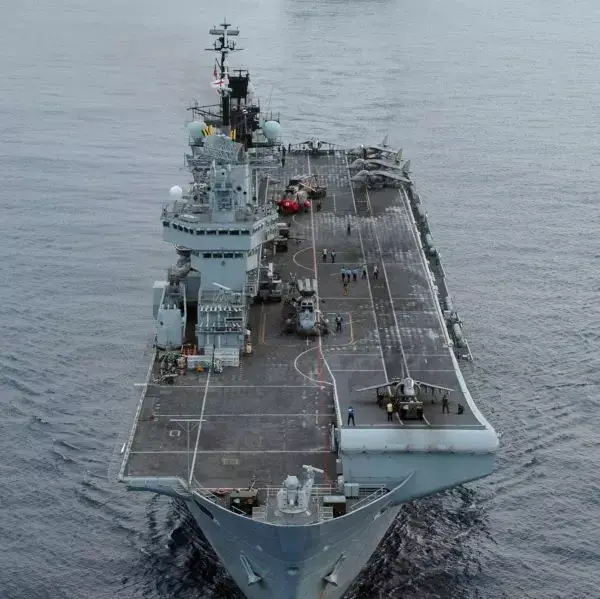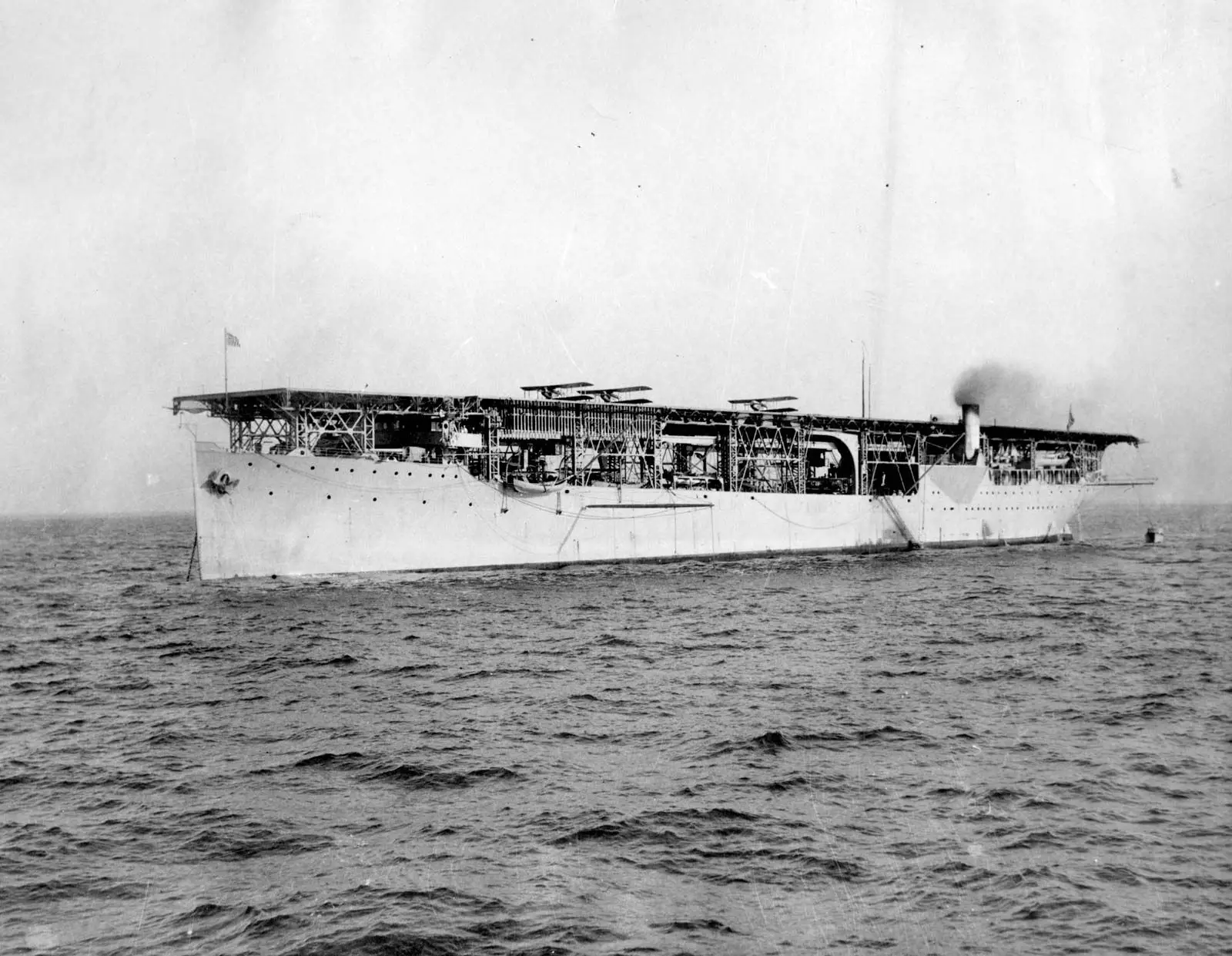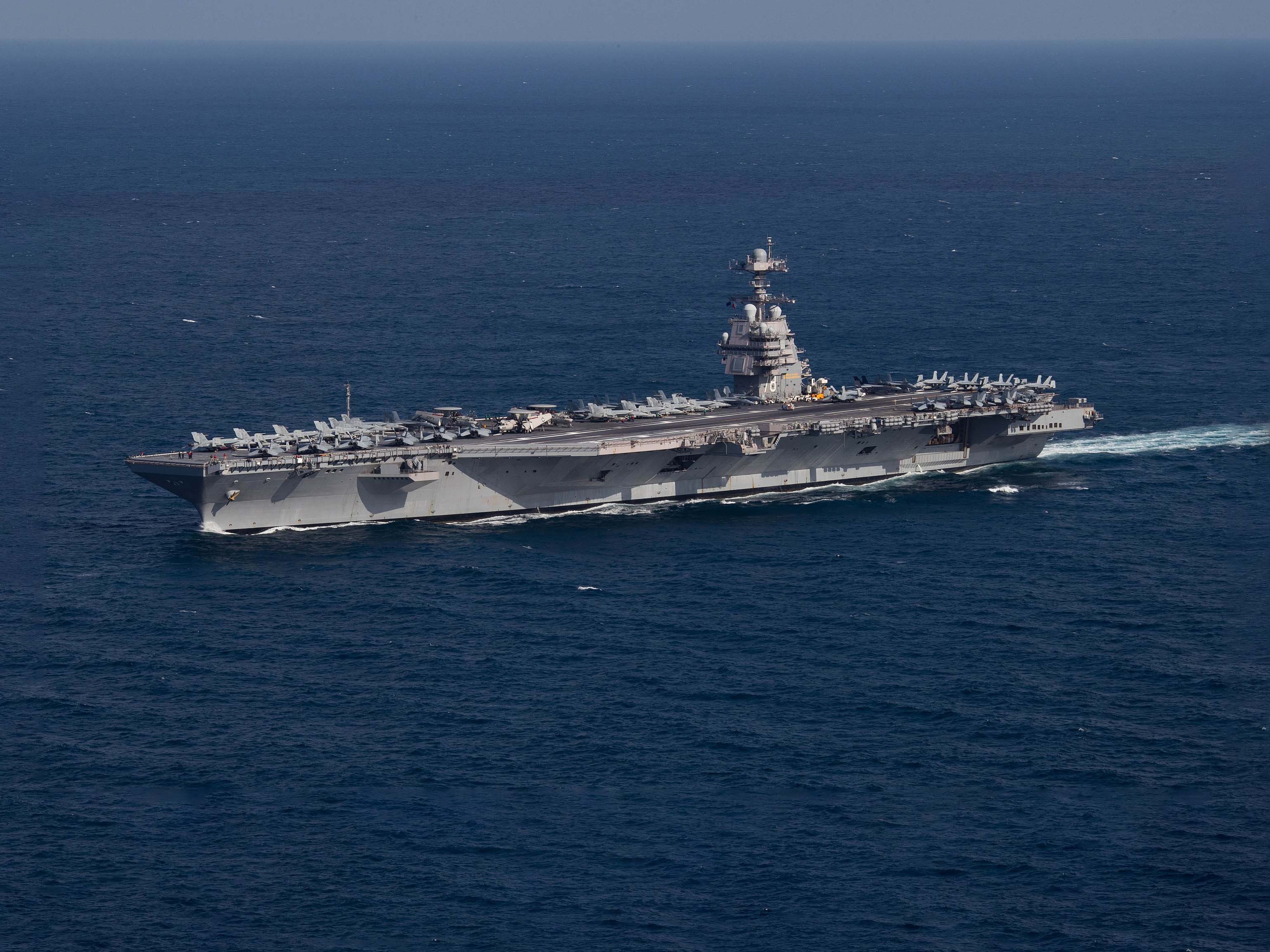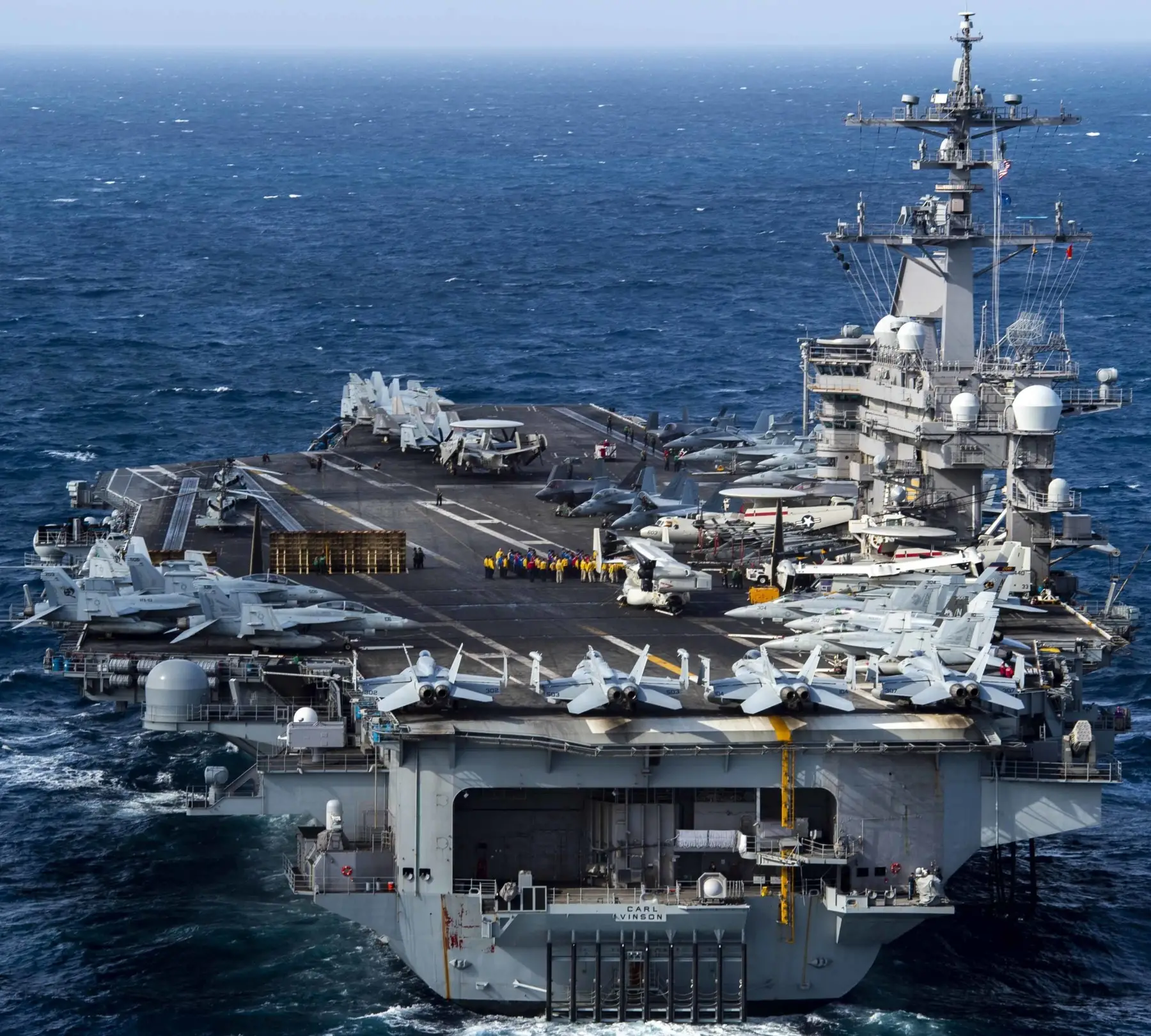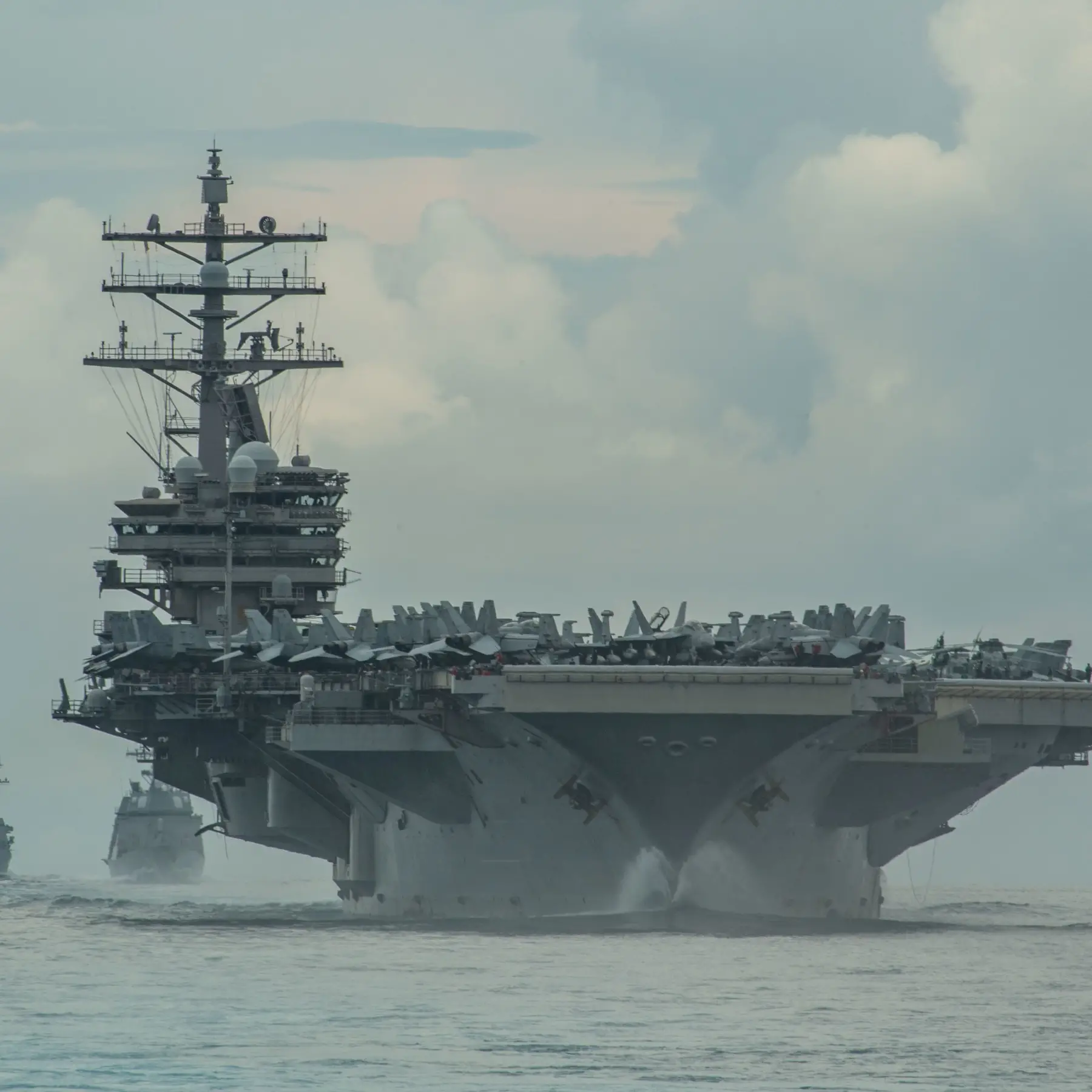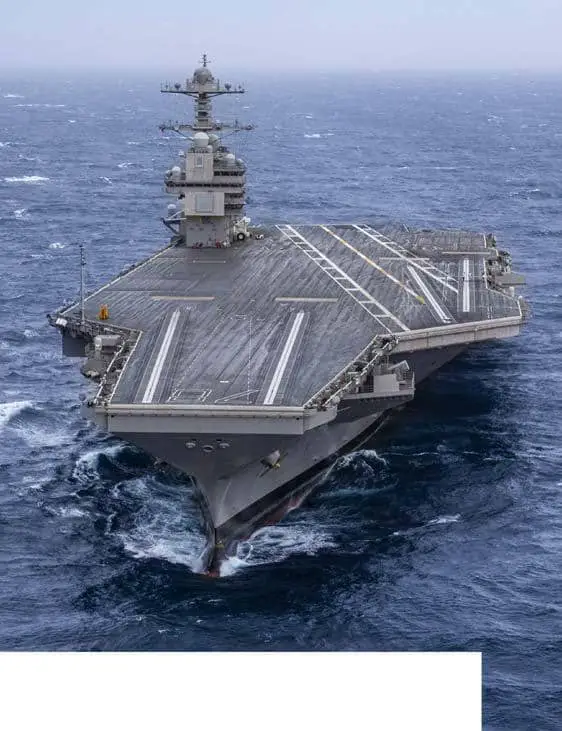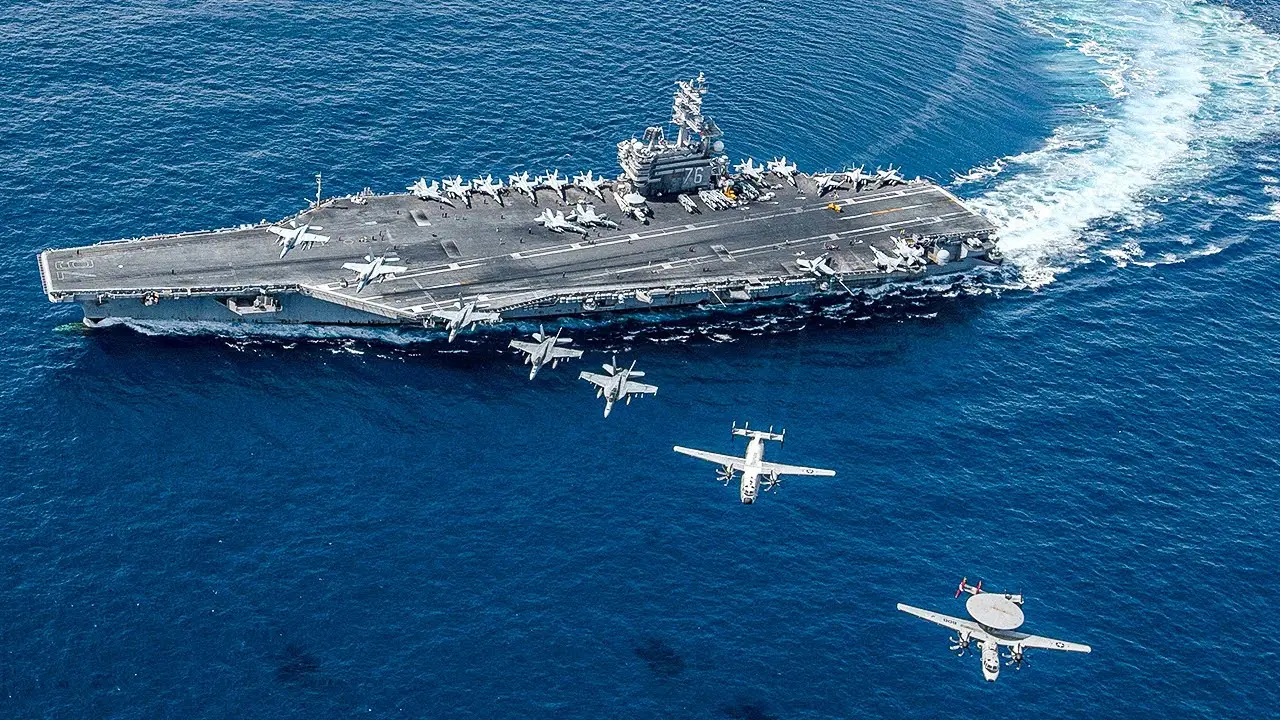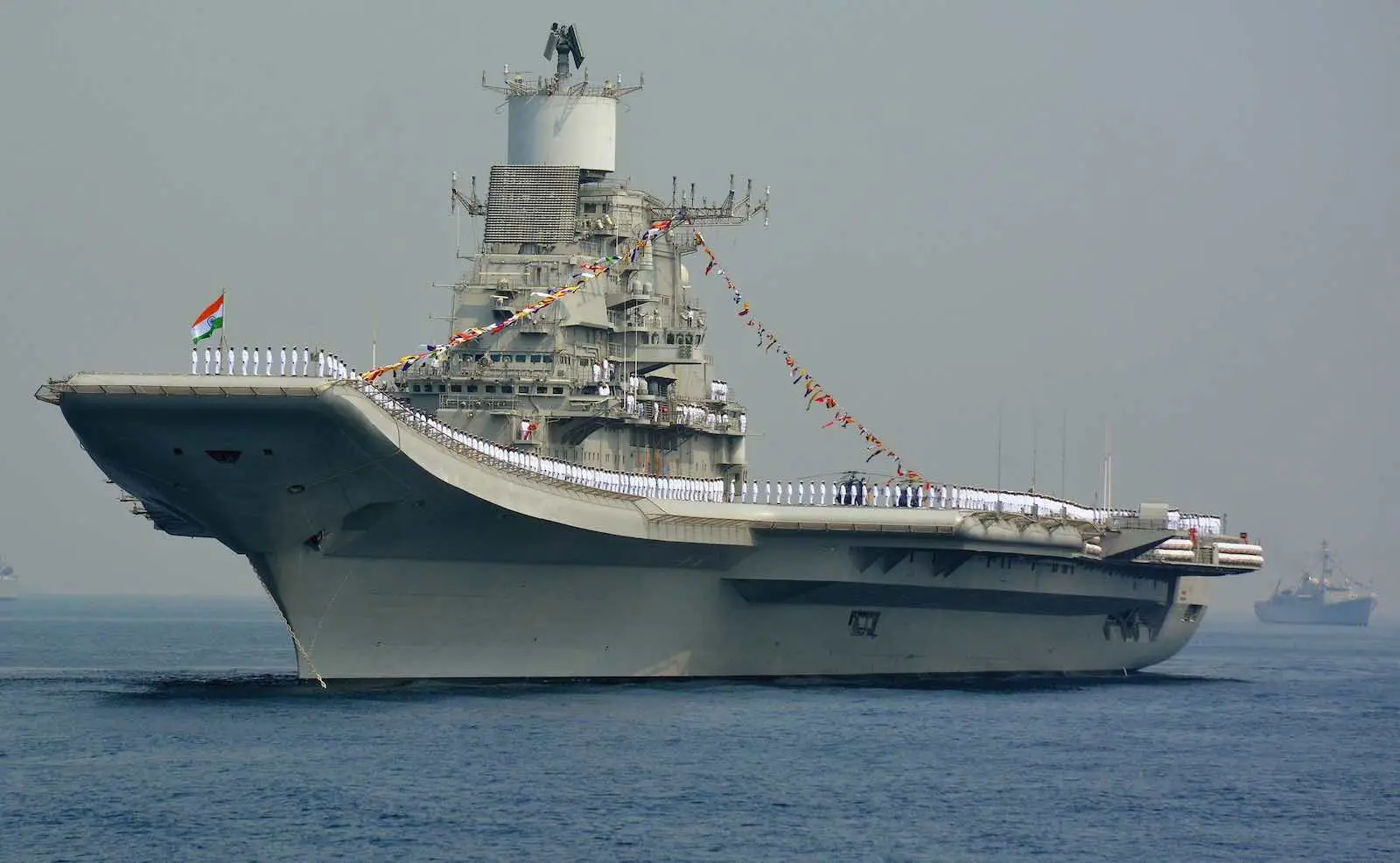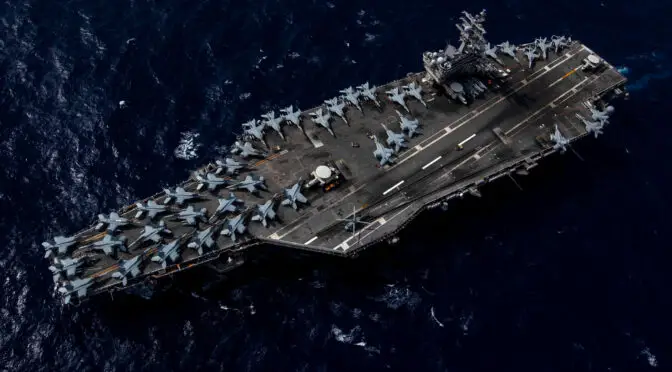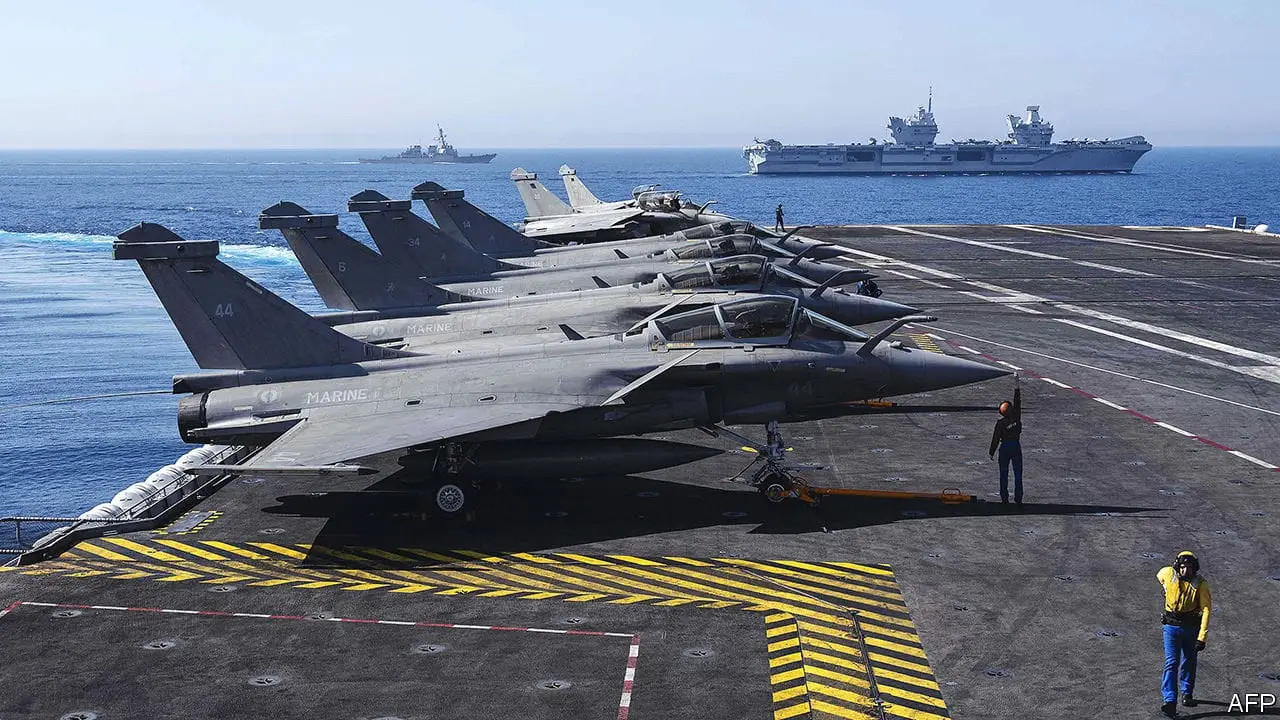Aircraft Carriers Floating Air Bases
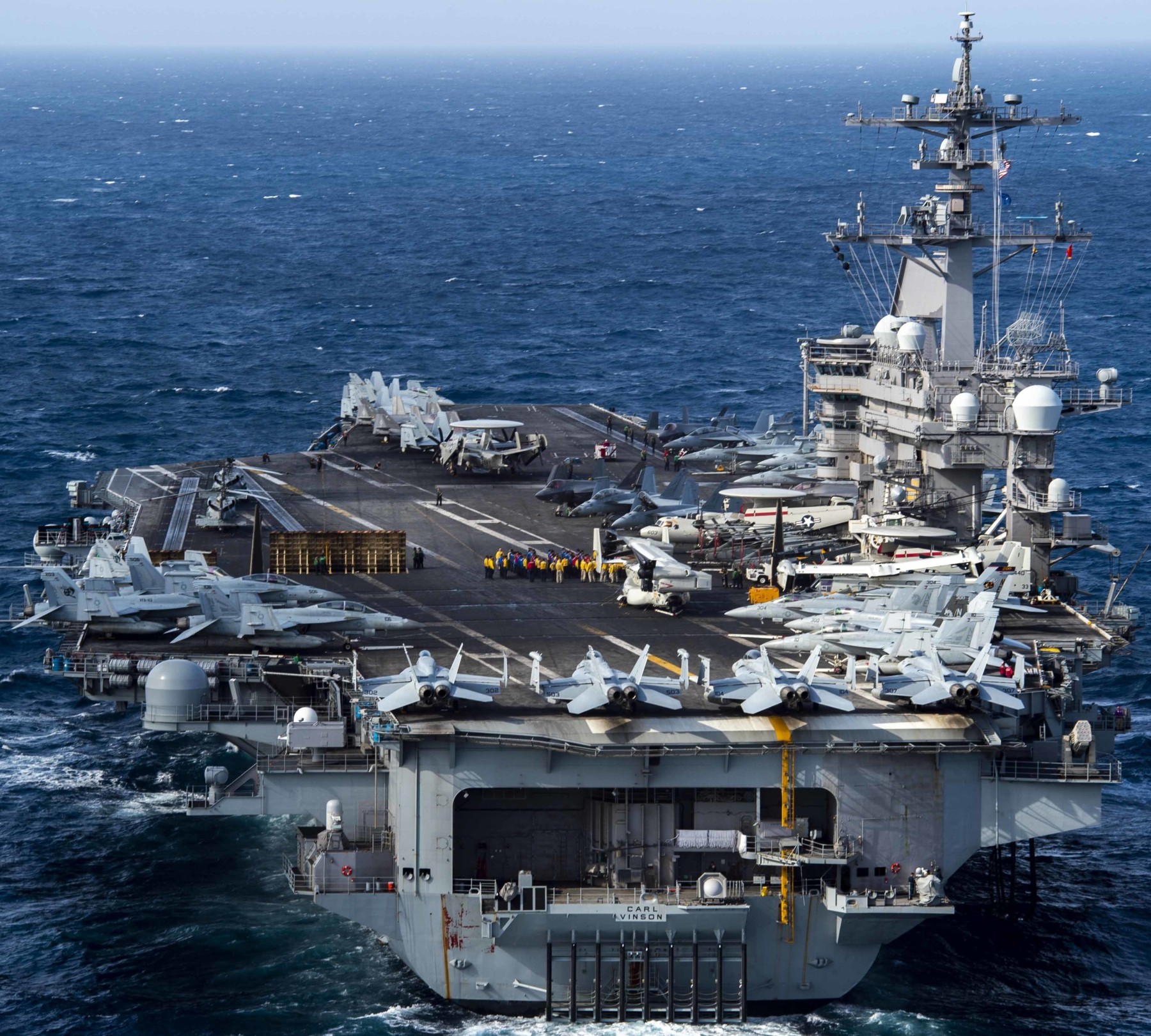
Aircraft carriers are the largest and most powerful warships in the world. They serve as floating air bases, providing a mobile platform from which aircraft can take off and land. These massive vessels are essential for modern naval warfare, allowing navies to project air power far from their home bases. In this article, we will explore the history of aircraft carriers, their design and capabilities, and their role in modern warfare.
History of Aircraft Carriers
The first aircraft carrier was the HMS Hermes, which was converted from a merchant ship in 1914. The Hermes was used to launch and retrieve seaplanes, which could then be used for reconnaissance and bombing missions. This marked the beginning of a new era in naval warfare, where aircraft would play a crucial role in battles at sea.
World War I
During World War I, aircraft carriers were still in their early stages of development. The first purpose-built carrier was the HMS Furious, launched in 1917. It had a full-length flight deck, which allowed aircraft to take off and land without the need for catapults or arresting gear. However, it was not until the end of the war that carriers began to see significant use in combat.
One notable example is the Battle of Jutland in 1916, where the British Royal Navy deployed the HMS Furious and HMS Argus to provide air support for their fleet. Although the aircraft were not very effective in this battle, it demonstrated the potential of carriers in naval warfare.
World War II
It was during World War II that aircraft carriers truly came into their own. They played a vital role in the Allied victory, especially in the Pacific Theater. Carriers were used to launch air strikes against enemy ships, aircraft, and ground targets, providing crucial support for ground troops and engaging in fierce battles with enemy carriers.
The most famous aircraft carrier of World War II was the USS Enterprise, which participated in every major naval battle in the Pacific Theater. It was also the most decorated ship of the war, earning 20 battle stars for its service. The USS Enterprise and other carriers like it proved to be crucial in turning the tide of the war in the Allies’ favor.
Post-World War II
After World War II, aircraft carriers continued to be developed and improved. The first jet-powered carrier was the USS Forrestal, launched in 1954. It was followed by a series of increasingly large and powerful carriers, including the USS Nimitz, USS Eisenhower, and USS Carl Vinson. These carriers were capable of launching and recovering multiple types of aircraft, including fighter jets, bombers, and helicopters.
During the Cold War, aircraft carriers played a significant role in projecting military power and deterring potential threats. They were often deployed to strategic locations around the world, serving as a visible symbol of a nation’s military might. In addition, they were used for humanitarian missions, such as providing aid during natural disasters.
Design and Capabilities
Aircraft carriers are designed to be self-sufficient floating air bases. They are equipped with a variety of systems and equipment that allow them to operate independently for extended periods. Let’s take a closer look at some of the key features of an aircraft carrier.
Flight Deck
The flight deck is the most prominent feature of an aircraft carrier. It is where aircraft take off and land, and it must be long enough to accommodate the high speeds and heavy weights of modern aircraft. The length of a carrier’s flight deck can range from 600 to over 1000 feet, depending on the size and class of the vessel.
The flight deck is also equipped with arresting gear, which uses cables to slow down and stop landing aircraft. This allows for safe and efficient recovery of aircraft, even in rough sea conditions. In addition, catapults are used to launch aircraft from the carrier’s deck, providing the necessary speed for takeoff.
Hangar Deck
Beneath the flight deck is the hangar deck, where aircraft are stored and maintained. The hangar deck is usually divided into several levels, with elevators used to move aircraft between them. This allows for efficient use of space and easy access to different types of aircraft.
The hangar deck also houses workshops and storage areas for spare parts, weapons, and other equipment. It is a bustling hub of activity, with crew members working around the clock to keep the carrier’s aircraft in top condition.
Island Superstructure
The island superstructure is a tall structure located on the starboard side of the flight deck. It serves as the command center for the carrier, housing the bridge, navigation systems, and communication equipment. From here, the captain and other officers can oversee flight operations and manage the ship’s movements.
The island also provides a vantage point for air traffic controllers to monitor and direct aircraft on the flight deck. It is a critical component of the carrier’s operations, ensuring the safe and efficient flow of aircraft on and off the ship.
Types of Aircraft Carriers
There are several types of aircraft carriers, each designed for specific purposes and roles. Let’s take a look at some of the most common types of carriers in service today.
Fleet Carrier
Fleet carriers are the largest and most powerful type of aircraft carrier. They are designed to operate as part of a naval fleet, providing air support for other ships and conducting offensive operations against enemy targets. Fleet carriers can carry up to 80 aircraft and have a displacement of over 100,000 tons.
The USS Nimitz-class carriers are an example of fleet carriers currently in service. These massive vessels are capable of launching and recovering a variety of aircraft, including fighter jets, bombers, and early warning aircraft.
Light Carrier
Light carriers are smaller and less heavily armed than fleet carriers. They typically carry around 30-40 aircraft and have a displacement of 20,000 to 30,000 tons. Light carriers are often used for specific missions, such as anti-submarine warfare or amphibious operations.
The USS America-class amphibious assault ships are an example of light carriers in service with the US Navy. These vessels can carry up to 20 F-35B fighter jets and are designed to support ground operations with their onboard aircraft.
Helicopter Carrier
Helicopter carriers, also known as amphibious assault ships, are designed to carry helicopters and other vertical takeoff and landing (VTOL) aircraft. They are smaller than fleet carriers but can still carry a significant number of aircraft, depending on their size and design.
The French Mistral-class helicopter carriers are an example of this type of carrier. They can carry up to 16 helicopters and have a displacement of over 20,000 tons. These carriers are often used for humanitarian missions, disaster relief, and peacekeeping operations.
Modern Aircraft Carriers
Today, the United States operates the largest and most advanced fleet of aircraft carriers in the world. The Nimitz-class carriers, which were first commissioned in the 1970s, are still in service and have been continuously upgraded and modernized. However, the US Navy is now transitioning to the next generation of carriers, the Gerald R. Ford-class.
The USS Gerald R. Ford, the lead ship of this class, was commissioned in 2017 and is the most technologically advanced carrier in the world. It features a new electromagnetic aircraft launch system (EMALS), advanced radar and communication systems, and improved weapons and defensive capabilities.
Other countries, such as China, Russia, and India, also operate aircraft carriers, although they are not as large or advanced as those of the US. However, there is a growing trend towards developing and acquiring these vessels, as nations seek to expand their naval capabilities and project power in the global arena.
Role in Modern Warfare
Aircraft carriers continue to play a crucial role in modern warfare, despite the development of other advanced weapons and technologies. They offer several advantages that make them an essential asset for any navy.
Power Projection
The ability to project air power far from home bases is one of the most significant advantages of aircraft carriers. They can be deployed to any part of the world, providing a mobile platform for launching air strikes and conducting surveillance and reconnaissance missions. This allows nations to respond quickly to potential threats and maintain a strong presence in strategic locations.
The Impact of American Airlines’ Policies on Obese Passengers
Versatility
Aircraft carriers are incredibly versatile, capable of carrying a variety of aircraft and performing different types of missions. They can support ground operations, engage in air-to-air combat, and strike targets on land and at sea. This versatility makes them a valuable asset in any military campaign, providing commanders with multiple options for achieving their objectives.
Deterrence
The presence of an aircraft carrier in a region can act as a deterrent against potential aggressors. The sheer size and firepower of these vessels send a clear message that a nation is capable and willing to defend its interests. In addition, the ability to launch air strikes from a carrier provides a significant advantage in any conflict, making it a formidable force to reckon with.
Conclusion
Aircraft carriers have come a long way since the first HMS Hermes was converted into a floating air base over a century ago. They have played a vital role in shaping the outcome of major conflicts and continue to be an essential asset for modern navies. With advancements in technology and the development of new carriers, these massive vessels will undoubtedly remain a key component of naval warfare for years to come.

